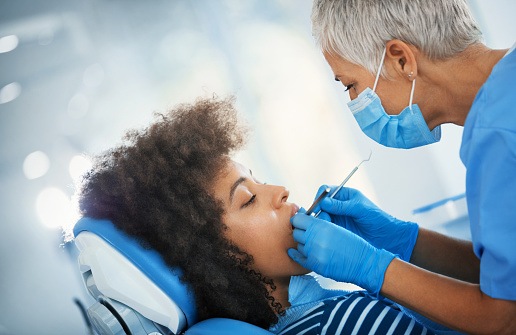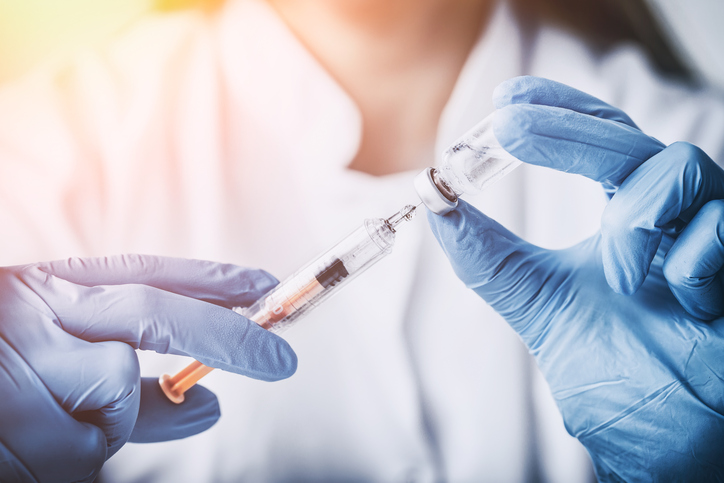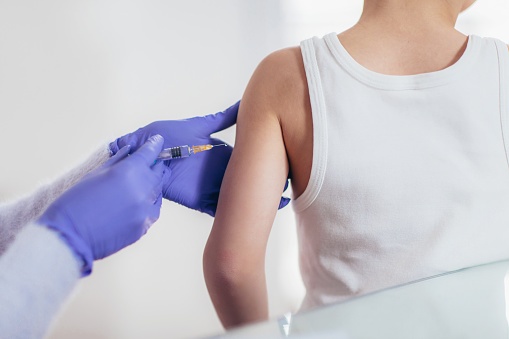In a randomized controlled trial, Christa C. van Bunderen, MD, and colleagues explored the impact of increasing and decreasing growth hormone (GH) dose on vascular function, body composition, and insulin resistance in GH deficient adults. They reported that increasing levels was good for body composition but negatively affected insulin resistance. The study’s findings were published in Frontiers in Endocrinology.
A total of 32 subjects undergoing GH therapy with an IGF-1 concentration between –1 and 1 standard deviation score (SDS) were randomized to receive either an increase or decrease of their daily GH dose for a 24-week period. The decrease group had a n IGF-1 target level of –2 to –1 SDS and the increase group had a target of 1 to 2 SDS. Microvascular endothelium (in)dependent vasodilation and vasomotion, vascular stiffness, and homeostatic model assessment for insulin resistance (HOMA-IR) were evaluated.
At the end of the study period, 30 patients were evaluable. The observers noted a favorable effect on waist circumference from increasing IGF-1 level, relative to decreasing IGF-1 (P = 0.05). However, increasing IGF-1 levels demonstrated a negative effect on insulin resistance (P = 0.03).
Decreasing IGF-1 level significantly lowered the endothelial domain of vasomotion (P = 0.03). Comparatively, increasing levels increased the contribution of the neurogenic domain (P = 0.05) and were also associated with the favorable changes in waist circumference.
In summary, Dr. Bunderen and colleagues stated that “increasing IFG-1 levels was beneficial for body composition but detrimental with respect to insulin resistance.” Further, “the contribution of the neurogenic vasomotion domain increased in parallel” to the increases in IGF-1 levels, which the report suggested “could be explained by the favorable change in waist circumference.”







 © 2025 Mashup Media, LLC, a Formedics Property. All Rights Reserved.
© 2025 Mashup Media, LLC, a Formedics Property. All Rights Reserved.